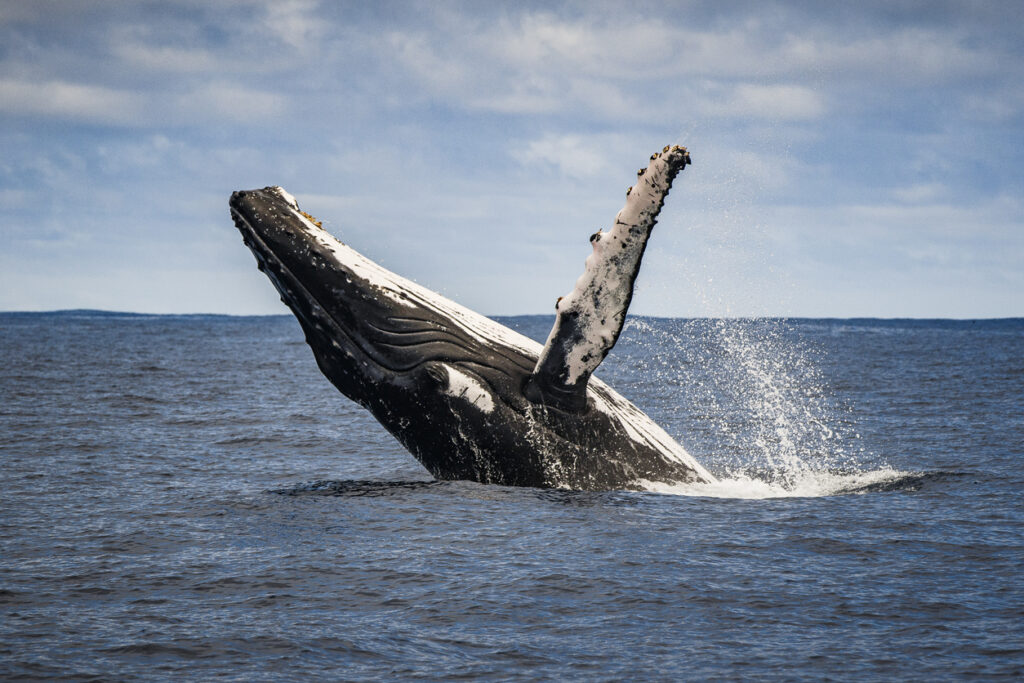Whales are majestic creatures that have fascinated humans for centuries, inspiring art and poetry. Not only do multiple species top the list of the largest animals currently on the planet, whales also have the distinction of being the most massive creatures in existence since the Earth was formed. (Specifically, the blue whale can weigh up to 330,000 pounds and grow to 110 feet in length, according to NOAA Fisheries.)
But more recently, scientists have begun pulling back the mysteries behind whales’ massive sizes, and it turns out that they are quite literally built differently than other cetaceans. In a recently published study, based on evolutionary theory, researchers identified four genes — all associated with growth — that are believed to have caused gigantism in the species.
The team examined 19 species of cetaceans — the marine mammal group that includes whales, dolphins, and porpoises — but specifically focused on seven that exceed 30 feet in length and are “classified as giants,” per the study. In modern day, whales are known for their large size, but “gigantism in the current cetacean lineage is recent, estimated at approximately 5 million years ago,” lead author Felipe Andre Silva told Reuters.
“Before that, there were animals with large sizes, like Basilosaurus, but these were exceptions, and most cetaceans did not exceed 10 meters in length,” Silva explained.
RELATED: Scientists Study How Whale Ancestors Saw to Understand Their Evolution
According to the researchers, whales’ gigantism is caused by a number of external and internal factors, among them being “thermoregulation, feeding ecology, and space availability.” But the study’s authors also believe the four specific genes — GHSR, IGFBP7, NCAPG, and PLAG1 — played a significant role in promoting gigantism.
Both GHSR and IGFBP7 genes promote cellular growth and play a significant role in suppressing tumor cells that may result from mutations. Likewise, NCAPG has been linked to increased body size and weight gain in humans and animals, and PLAG1 plays a vital role in cell survival and the growth of embryos. These four genes not only cause an increase in a creatures’ size but also help lower the risk of cancer.
In an interview, co-author Mariana Nery explained to Reuters why the study of whales is important, noting that research into the creatures may reveal more about how organisms can change and evolve over time.
“The evolution of cetaceans is a fantastic story, as these huge and charismatic animals attract the attention of many people,” Nery said. “But beyond the curiosity it arouses, these animals can teach us a lot about the evolutionary process itself. And whales have proven to be a very interesting model to understand how biodiversity is generated and help answer fundamental questions in evolutionary biology.”












